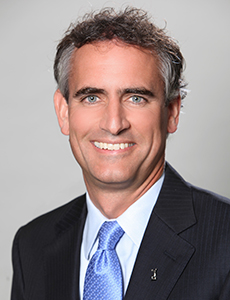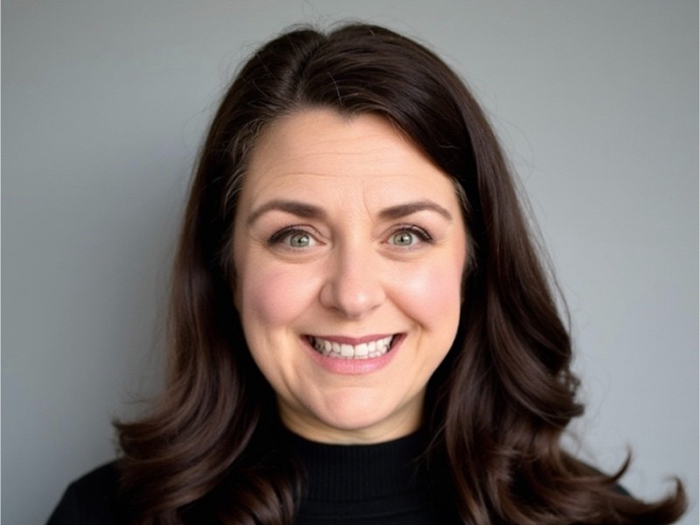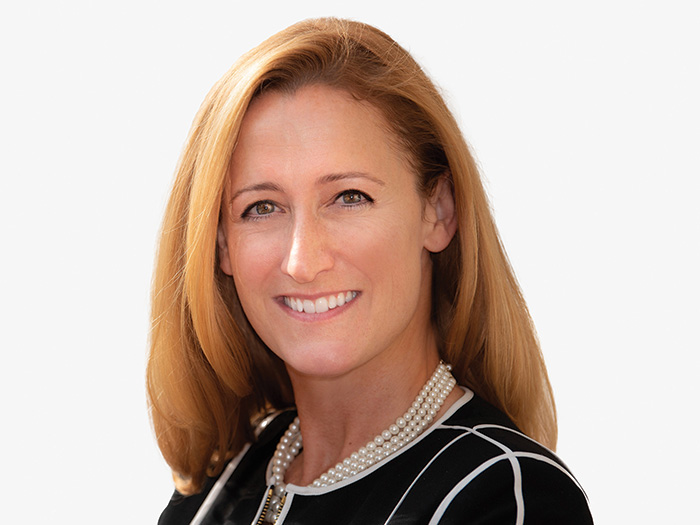Sponsored Content by The Hartford
Amid Data-Driven Change, Best-in-Class Insurers Stay Focused on Specialization and Service

Change is happening on all fronts in the risk and insurance world.
The explosion of data enables more proactive risk management and more granular underwriting, but has also created a bifurcation among brokers and carriers, separating those that have the scale and capabilities to harness that data from those that don’t.
The rise of artificial intelligence and machine learning are slowly modernizing and automating many manual processes within insurance. As with the influx of data, the organizations that can nimbly adapt to these technologies will be the ones to thrive.
“Technology and data produce many benefits, but implementing new technology requires a significant investment of resources. As a result, greater reliance on technology is shifting the competitive landscape,” said Morris Tooker, head of Middle & Large Commercial for The Hartford.
At the end of the day, the carriers that will come out on top are those that take advantage of these trends rather than resist them. In each case, insurers can identify a point of friction for clients and use it as an opportunity to provide better service.
Harnessing the Data Explosion is Critical to Better Risk Management

Morris Tooker, Head of Middle & Large Commercial for The Hartford
In most categories of risk, a greater volume of data provides a window into the exposure that never existed before. Rather than waiting for trends to emerge in loss patterns, risk managers can spot common drivers earlier and take action.
Slips, trips and falls offer a perfect example.
“Data allows you to see the problem more clearly. If the majority of slips and falls are happening in a specific part of your building, having the ability to capture that data point right away and aggregate with other claims information provides the opportunity to see a pattern. Then you can evaluate and fix the root of the problem. Maybe you put down more non-slip coatings or another risk management technique,” said Tooker.
“Especially as the labor market tightens and there may be varied skill levels in the workforce, creating a safer work environment can go a long way in preventing future losses.”
Data also allows risk managers to prioritize those efforts that can produce the greatest benefit.
“Partnering the early identification of a claim trend with data about litigation rates, for example, results in more informed decisions being made by business leaders or risk managers,”said Tooker.
More data also allows greater sophistication in risk evaluation and selection for underwriters, and more cost-effective claim management. This has been particularly evident in the realm of workers’ comp, where predictive analytics gets extra eyes on potentially complex claims.
“Our claims organization has the ability to harness the power of data and advanced analytics that often lead to better outcomes for our insureds and return employees back to work sooner. We can look for patterns, raise red flags early in the claim process if needed and assign extra resources like nurse case managers to help mitigate certain risks,” Tooker said.
“In the case of opioid use in particular, these added resources can help avoid addiction and ensure a good outcome for the injured worker.”
In the volatile world of auto risk, fleet telematics likewise let risk managers and insurers look more closely at what might be driving losses, zeroing in on individual drivers exhibiting unsafe behaviors on the road. This helps insureds avoid claims and makes their fleet drivers safer.
“Telematics can help identify problematic driving behaviors,” Tooker said.
“Issues like taking sharp turns, braking too quickly or speeding can be proactively addressed and help lessen the likelihood of an accident.”
More Data Means More Opportunity (and More Demand) to Specialize

“Arising out of consolidation is access to more data, which means that you’re able to leverage that more for your customer,” Tooker said. “We see this as an avenue for specialization.”
Organizing claims data by industry — rather than by line — better aligns it with the client data that brokers bring to the table. This provides a fuller picture of a company’s operations and risk exposures, allowing insurers to both direct risk engineering resources more appropriately and better identify coverage gaps.
“Specialization means being focused on the complete insurance and risk management needs of a business. Our thinking has to shift away from a coverage focus to a risk focus and really creating a deep understanding of the clients’ operations and industry,” Tooker said.
Companies have come to expect specialization in claims and risk engineering services from their carrier partners. Risk managers increasingly want to know how they compare to their competitors in terms of claim frequency and severity, risk mitigation protocols, and their overall risk profile.
“There’s an expectation that you’ll bring a specialized expertise to their programs, and have the data insight to back that up,” Tooker said.
For Better Customer Service, Insuretech Is Best Applied to The Little Things
Just like data has been a catalyst for better risk management and a more specialized insurance approach, artificial intelligence, automation and the technologies collectively referred to as Insuretech have sparked a change in the delivery of customer service.
The Hartford has implemented automation and machine learning technologies to several key functions to do just that.
State license verification for agents is one example.
“We found that for our agents and producers, conducting that verification was a manual process. We automated the entire thing and now are running that step automatically in the background. That saves time and headaches for brokers and by extension, our clients,” Tooker said.
Eliminating policy errors is another application.
“We know that receiving policies that contain errors is a pain point for agents and brokers – and it’s an industry-wide issue. We built a model that uses predictive analytics to bring down errors in policy wording, and our quality has increased as a result,” Tooker said.
Artificial intelligence has also been applied to the processing of incoming submissions. Text processing technology can identify whether a request is from a small commercial or midsize company, for example, or whether the request is to add an insured or an endorsement. That request can then be automatically funneled to the right process internally.
Together, these types of enhancements ultimately allow insurance professionals to spend less time on administrative processes and more time where it matters most — applying their expertise to deliver greater, more specialized solutions for their policyholders.
“We find it’s about executing the little things well,” Tooker said.
“The conversation used to be about disruption. It was initially all about how Silicon Valley was going to come in and displace the long-standing, traditional insurers.
“Now, it’s much more about partnership — about finding the little things that make the insurance business difficult and smoothing out those pain points. “This makes life easier for insurers, but it ultimately translates into faster and more streamlined service for insureds,” he said. “That remains the primary goal amid ongoing change.”
To learn more, visit thehartford.com/specialization .
![]()
This article was produced by the R&I Brand Studio, a unit of the advertising department of Risk & Insurance, in collaboration with The Hartford. The editorial staff of Risk & Insurance had no role in its preparation.










